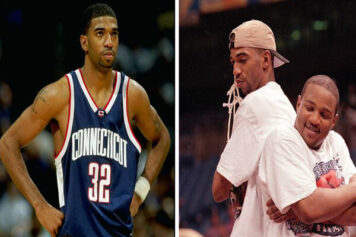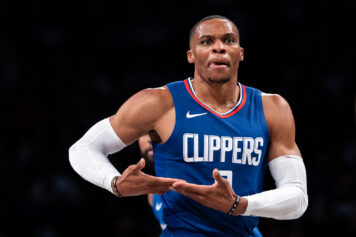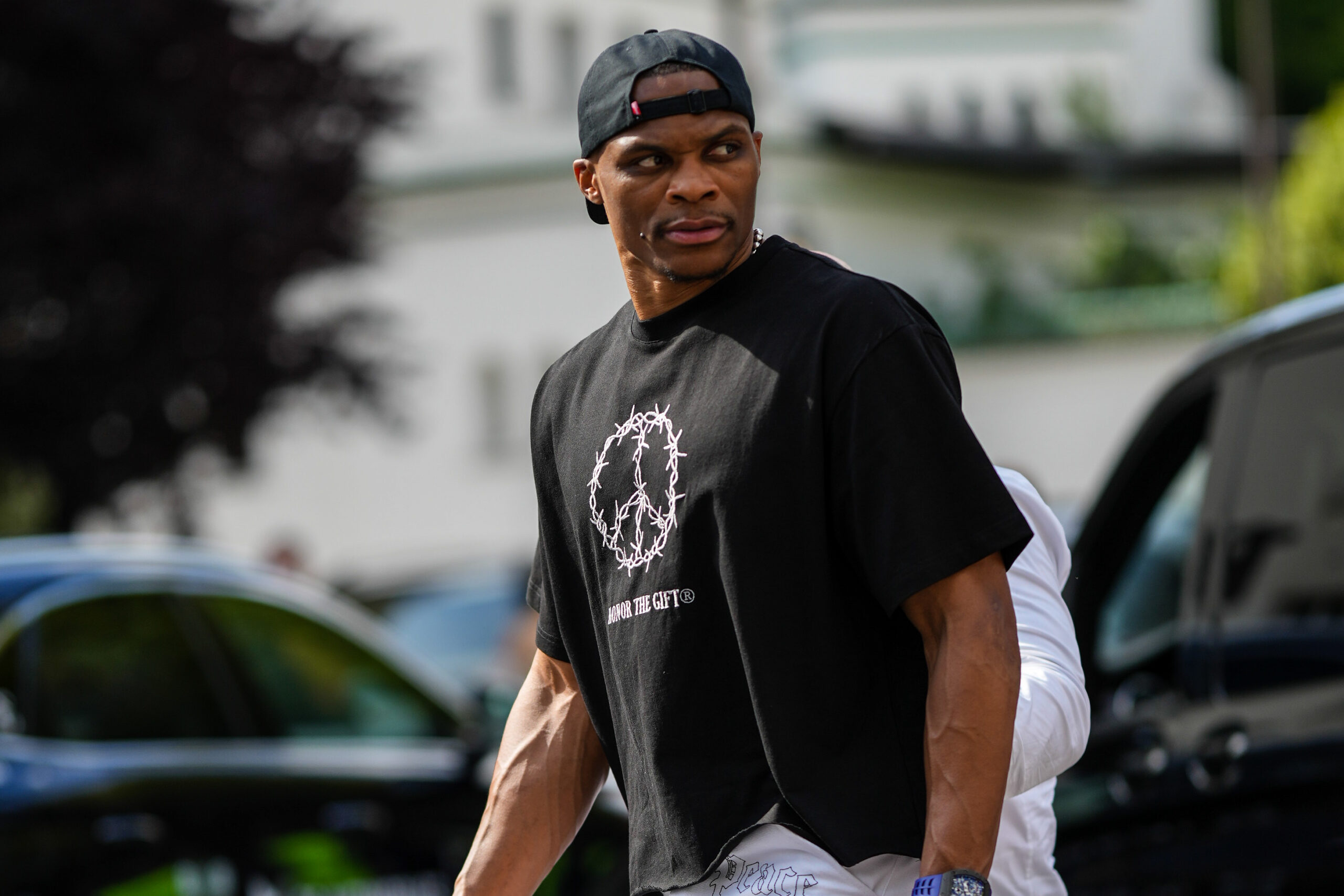Ben Howland hung tough before getting axed by UCLA on Sunday, but college coaching is a young man’s game. In 2011, the average age of an NCAA Division I coach was 44.328 – and it’s steadily dropping.
At 55 years old, Howland’s machine-driven, non-coddling approach is officially outdated.
How else did UCLA go from a program built upon the 15 blocks of legendary coach John Wooden’s Pyramid – which included cooperation, self-control, team spirit and intentness – to a program that was literally rotting from the inside out?
Howland came to Titletown West from Pittsburgh wielding a reputation as a vocal disciplinarian. In 10 years as UCLA head coach, however, Howland’s main objectives seemed to be keeping his job and keeping UCLA the flagship program of West Coast college basketball.
For the most part, he did that. Howland had a 233-107 record in Westwood, reaching three-straight Final Fours (2006, ‘07, ‘08) and winning four Pac-12 championships, including this season. Then, recruits like Russell Westbrook started bouncing early to the pros. After a few years of failing to land big SoCal recruits, Howland came back with the ether, landing the No. 2-ranked recruiting class , last season.
That brief comeback aside, the discipline part wasn’t working. Howland’s last five seasons were filled with underachievement and early-round NCAA exits . The troubling pattern was an inevitable reflection of the fact that he’d lost the pulse of his players.
Howland’s Wild West outfit was exposed in a March ‘12 Sports Illustrated article concerning the turbulence, rebellious temperature and shocking lack of institutional control within the UCLA program.
“SI spoke with more than a dozen players and staff members from the past four Bruins teams. They portrayed the program as having drifted from the UCLA way as Howland allowed an influx of talented but immature recruits to undermine team discipline and morale. Fistfights broke out among teammates. Several players routinely used alcohol and drugs, sometimes before practice. One player intentionally injured teammates but received no punishment.”
It’s tough for old school coaches to transition into post-millennium NCAA big-business. Some of these OGs can’t assert authority without turning players off. Guys like Howland, who have been coaching since Michael Jackson was rocking the glitter glove, have certain engrained philosophies. They often exhibit stubbornness when it’s time to adjust their styles, to appeal to the attitudes of today’s “Me-Generation” teens.
It’s almost impossible for a coach to alter his principles and maintain his integrity in the eyes of his squad. That’s largely why John Thompson abruptly bounced from the Georgetown sidelines in 1999. He saw the game changing with A.I. and broke out.
The coach that’s willing to become a contortionist/chameleon to sell tickets and appease blue chips, eventually gets numbed to the transgressions within his program. In effect, he gradually detaches himself from the heartbeat of the team and assumes the role of CEO, rather than mentor.
Howland stopped molding men and started making money.
In the end, who could blame him? Coaches that refuse to accept the sad fact that winning games is more important than building character get axed when the Ws don’t roll in. Ask Bobby Knight. Ask Derrick Whittenburg.
Howland will probably resurface with a brand B program, where his fancy title as “former UCLA coach” will enhance his recruiting prospects. No more vocal NBA Hall of Fame alumni, unrealistic expectations and carnivorous agents that stalk the LA entertainment scene like a vampire on fresh flesh. Maybe he could even get his soul back from the NCAA–coaching pawn shop.
In the meantime, all eyes are on UCLA. Are they still sexy enough to bag a hot young gun like VCU’s Shaka Smart (35 years old), Butler’s Brad Stevens (36) or Iowa State’s Fred Hoiberg ? Hoiberg runs an NBA-set offense that would have blue chip recruits drooling to be a Bruin. They also probably relate to these kids a little better. They’re more like a guiding big brother figure, rather than the hard-edged, personally-unattached, bottom-line approach that led to Howland’s demise. This is Howland and his peers’ new reality.



